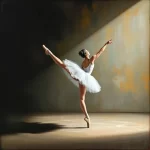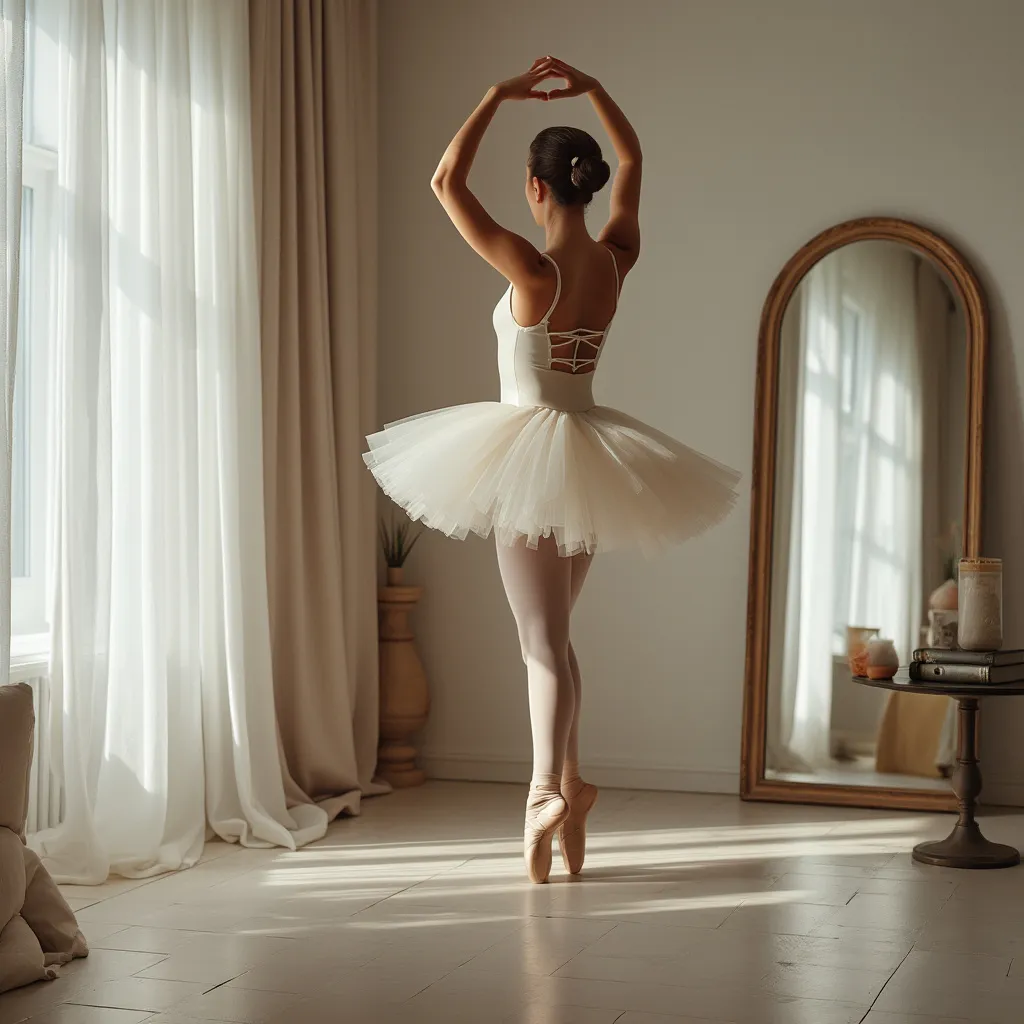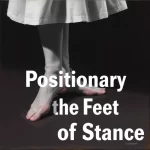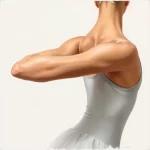Directional Terms in Ballet: Devant, Derrière, En Avant

Introduction
Ballet, a classical dance form that originated during the Italian Renaissance and later developed in France and Russia, is renowned for its grace, precision, and intricate movements. To master ballet, dancers must understand and execute a variety of steps and positions, many of which are described using specific directional terms. Among these terms, devant, derrière, and en avant are fundamental. This article delves into the meanings, applications, and significance of these directional terms in ballet, providing a comprehensive guide for both novice and experienced dancers.
Understanding Directional Terms in Ballet
What Are Directional Terms?
Directional terms in ballet are used to describe the orientation and movement of the dancer’s body or limbs in relation to the stage and audience. These terms are essential for clear communication between choreographers, instructors, and dancers. They help ensure that movements are executed correctly and uniformly, which is crucial for the visual harmony of group performances.
The Importance of Directional Terms
Understanding and correctly applying directional terms is vital for several reasons:
- Precision: Ballet demands exactness in every movement. Directional terms help dancers achieve the required precision.
- Communication: These terms provide a common language for dancers and instructors, facilitating effective teaching and learning.
- Performance Quality: Correct use of directional terms enhances the visual appeal and technical quality of performances.
Devant
Definition
The term devant is a French word that translates to “in front” in English. In ballet, it refers to movements or positions where the working leg or arm is placed in front of the body.
Applications in Ballet
Devant is used in various contexts within ballet:
- Positions: For example, in the position “croisé devant,” the dancer stands with one leg crossed in front of the other.
- Movements: In a “battement tendu devant,” the working leg is extended to the front while keeping the toes on the floor.
- Jumps: In a “jeté devant,” the dancer throws one leg to the front while jumping off the other leg.
Common Mistakes and Tips
When executing movements involving devant, dancers should be mindful of the following:
- Alignment: Ensure that the hips remain square and the torso is upright to maintain proper alignment.
- Extension: Fully extend the working leg or arm to achieve the desired aesthetic.
- Focus: Keep the gaze forward to enhance the sense of direction.
Derrière
Definition
The term derrière translates to “behind” or “in back” in English. In ballet, it refers to movements or positions where the working leg or arm is placed behind the body.
Applications in Ballet
Derrière is used in various contexts within ballet:
- Positions: For example, in the position “arabesque derrière,” the dancer extends one leg behind the body while balancing on the other leg.
- Movements: In a “battement tendu derrière,” the working leg is extended to the back while keeping the toes on the floor.
- Jumps: In a “jeté derrière,” the dancer throws one leg to the back while jumping off the other leg.
Common Mistakes and Tips
When executing movements involving derrière, dancers should be mindful of the following:
- Alignment: Ensure that the hips remain square and the torso is upright to maintain proper alignment.
- Extension: Fully extend the working leg or arm to achieve the desired aesthetic.
- Focus: Keep the gaze forward to enhance the sense of direction.
En Avant
Definition
The term en avant translates to “forward” in English. In ballet, it refers to movements or positions where the dancer moves or faces forward.
Applications in Ballet
En avant is used in various contexts within ballet:
- Positions: For example, in the position “croisé en avant,” the dancer stands with one leg crossed in front and the body facing forward.
- Movements: In a “glissade en avant,” the dancer glides forward with a sliding step.
- Jumps: In a “sauté en avant,” the dancer jumps forward from both feet.
Common Mistakes and Tips
When executing movements involving en avant, dancers should be mindful of the following:
- Alignment: Ensure that the hips remain square and the torso is upright to maintain proper alignment.
- Extension: Fully extend the working leg or arm to achieve the desired aesthetic.
- Focus: Keep the gaze forward to enhance the sense of direction.
FAQ
What is the difference between devant and en avant?
While both terms involve forward movement, devant specifically refers to the placement of the working leg or arm in front of the body, whereas en avant refers to the overall direction of movement or facing forward.
Can derrière be used for arm movements?
Yes, derrière can be used to describe arm movements where the arm is placed behind the body. However, it is more commonly used for leg movements.
How can I improve my alignment in devant and derrière positions?
To improve alignment, focus on keeping the hips square, engaging the core muscles, and maintaining an upright torso. Regular practice and feedback from instructors can also help.
Are there other directional terms in ballet?
Yes, there are several other directional terms in ballet, including à la seconde (to the side), en arrière (backward), and en croix (in the shape of a cross). Each term provides specific instructions for movement and positioning.
Conclusion
Directional terms such as devant, derrière, and en avant are fundamental to the practice and performance of ballet. These terms provide essential guidance for the orientation and movement of the dancer’s body, ensuring precision, effective communication, and high-quality performances. By understanding and mastering these terms, dancers can enhance their technical skills and contribute to the visual harmony of ballet. Whether you are a beginner or an experienced dancer, a thorough grasp of these directional terms is crucial for your growth and success in the art of ballet.





